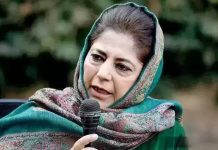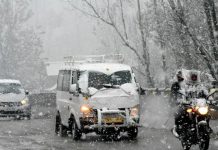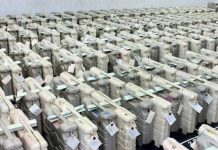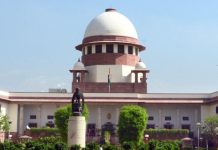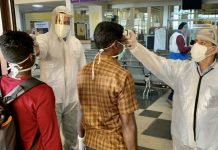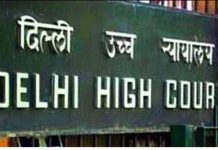
A tense situation prevails in Kishtwar after the killing of a senior BJP leader and his brother on Thursday evening by suspected militants.
Authorities imposed curfew in Kishtwar and Bhadarwah towns at 4:30 AM as a “precautionary measure” in view of the killings. Similarly, curfew was clamped in Doda town.
Army carried out a flag march in Bhadarwah, even though no violent incident took place.
Authorities are taking no chances in view of the upcoming Panchayat elections in the state.
Chenab Valley as the region is popularly called has witnessed communal clashes in past which have had profound bearing on the state’s politics.
Soon after the killings on Thursday, people had staged protests in Kishtwar.
In 2013, riots broke out in Kishtwar and spread to other parts of Jammu province, leaving three dead and causing massive loss of property – an estimated 57 shops, hotels and residences and around 93 vehicles were gutted in a madness spanning two days. Earlier there were riots in 2008 also.
This violent inter-communal history and its meshing with competitive extremist politics in the state has deeply polarized what was once a largely untroubled region, albeit always politically charged with a separatist undertow.
Chenab Valley which almost rivals Kashmir Valley in geographical size has traditionally been a political stronghold of National Conference. Muslims of the region are from Kashmiri ethnic stock and therefore trace their ideological and political outlook to Kashmir Valley, whileas Hindus are of mixed Kashmiri and Dogra descent and identify themselves with Hindu majority Jammu and mainland India.

